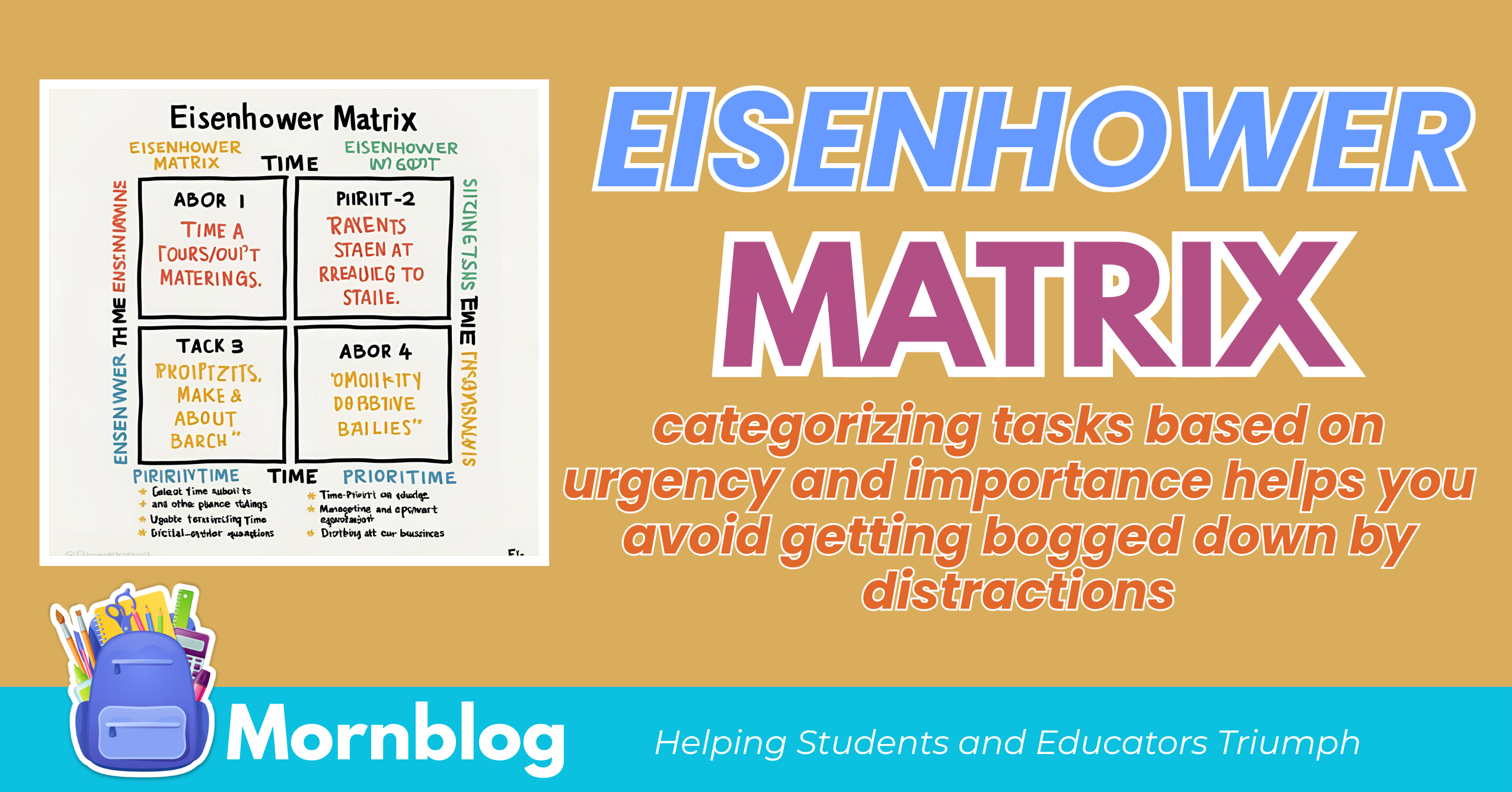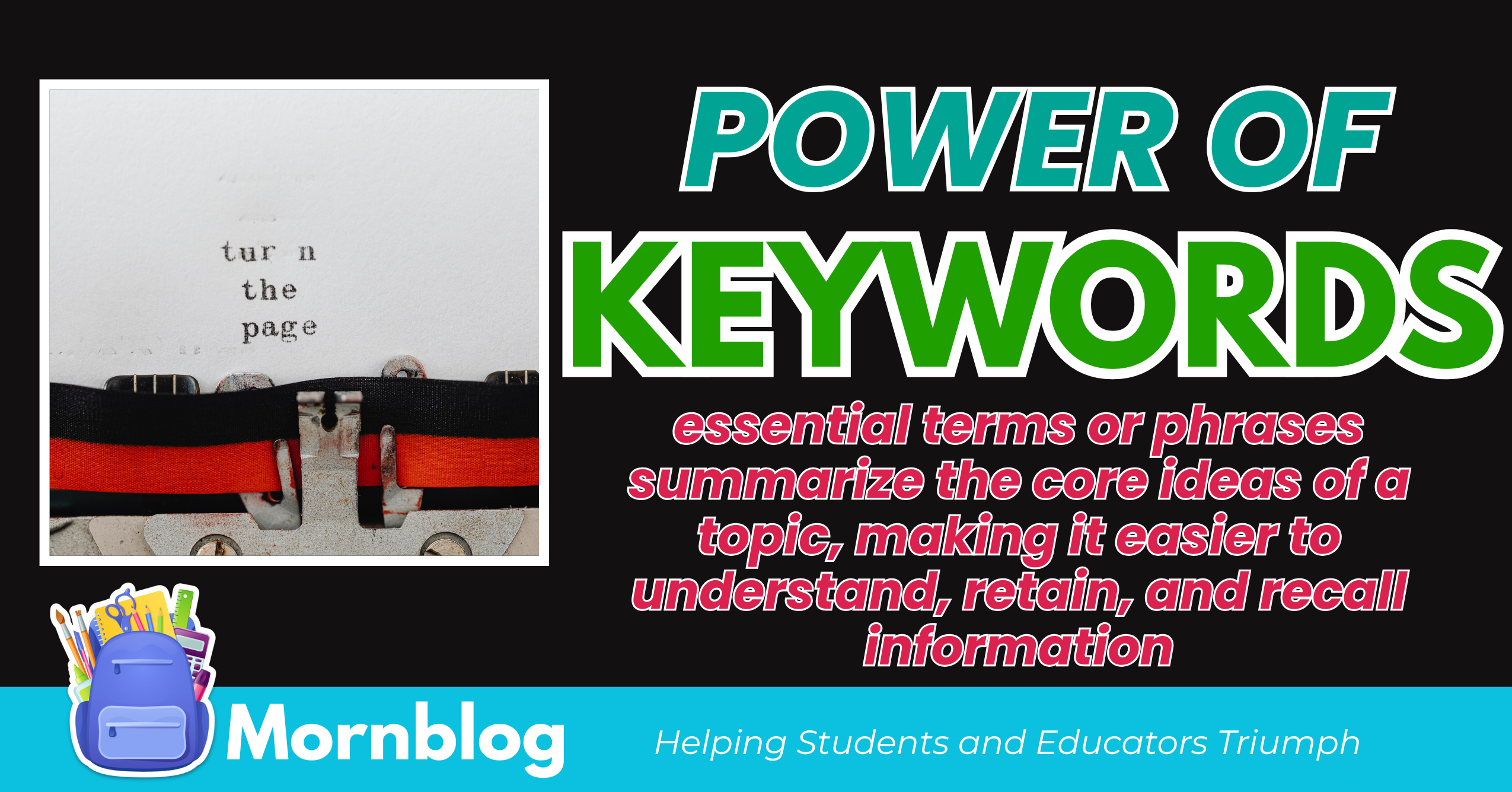10 Most Important Formula to Conquer Feature Writing Skills and Prevail in Competitions
Feature writing is a unique blend of storytelling and factual reporting.
Unlike hard news, features allow for creativity, emotion, and a deeper connection with the audience.
Crafting an engaging feature requires striking a balance between factual accuracy and compelling narrative techniques. Conquer feature writing skills and prevail in competitions.
This guide outlines ten essential tips to enhance your feature writing, focusing on originality, reader engagement, and storytelling mastery.
Whether you’re a novice or an experienced writer, these tips will help you refine your skills and produce memorable pieces.
Table of Contents

Master the Art of Storytelling with Facts
Combine storytelling techniques with factual accuracy to create compelling narratives.
Feature writing thrives on its ability to tell a story while delivering factual content.
At its core, a feature is not just about presenting information; it’s about weaving facts into a narrative that captivates the reader.
Use descriptive language, anecdotes, and vivid imagery to engage your audience while staying true to the truth.
Think of your piece as a journey where each paragraph propels the reader forward. By mastering this balance, you can transform ordinary facts into extraordinary stories that leave a lasting impression.
Know Your Audience
Write with your specific audience in mind to make your story resonate.
Understanding your target audience is crucial for crafting a successful feature.
Who are you writing for, and what interests them?
Whether it’s a niche group or a general readership, tailoring your language, tone, and focus to their preferences ensures your piece connects with them.
For instance, a feature on sustainable living for millennials might emphasize practical, trendy solutions, while one for professionals might delve into economic impacts.
By knowing your audience, you can deliver content that speaks directly to their needs and interests.
Spark Curiosity and Intrigue
Engage readers by making them curious about your story from the start.
A great feature grabs attention and holds it.
Use intriguing headlines, unexpected openings, or provocative questions to pique curiosity.
For example, instead of beginning with a dry statement about a topic, start with a compelling anecdote or a surprising statistic.
The goal is to create a sense of intrigue that compels readers to keep going.
Once you’ve hooked them, maintain their interest by gradually revealing layers of the story, keeping them invested until the very end.
Craft a Strong Ending
End your feature with a conclusion that leaves a lasting impression.
A powerful ending is as important as a strong beginning.
Your conclusion should tie together the narrative while leaving the reader with something to ponder.
Whether it’s a call to action, a poignant quote, or a reflective insight, aim for an ending that resonates.
Avoid abrupt conclusions or leaving loose ends. Instead, provide a sense of closure that satisfies the reader while reinforcing the main message of your story.
A well-crafted ending ensures your feature remains memorable long after it’s been read.

Embrace Creativity
Allow yourself the freedom to think outside the box when writing.
Feature writing offers the perfect opportunity to experiment with creative approaches.
Break away from conventional structures and explore unique formats, perspectives, or angles.
Creativity helps your feature stand out, making it more engaging for readers.
For instance, you could write a profile piece from an unusual point of view or structure your narrative around a thematic metaphor.
Don’t be afraid to push boundaries—just ensure your creativity enhances the story without overshadowing its purpose.
Discover Your Unique Style
Develop a personal voice that distinguishes your writing.
Every writer has a unique voice, and feature writing is an excellent platform to showcase yours.
Experiment with different tones, pacing, and structures to find a style that feels authentic to you.
A strong personal voice not only adds character to your work but also helps you connect with readers on a deeper level.
Whether you’re witty, reflective, or straightforward, stay true to your style while adapting it to suit the topic and audience.

Stand Out from the Crowd
Make your work unique by offering fresh perspectives and ideas.
In a world flooded with content, standing out is crucial.
Avoid clichéd topics or overdone approaches and strive for originality.
Present your story from an angle no one else has explored or introduce a fresh take on a familiar subject.
Research thoroughly and think critically about how you can make your piece distinctive.
By offering something new, you capture attention and establish yourself as a creative and insightful writer.
Be Observant and Attentive
Sharpen your observation skills to uncover details others might miss.
The best features often lie in the details, and noticing them requires keen observation.
Pay attention to people, settings, and subtle interactions that add depth to your story.
For example, describing the way a person speaks or gestures can bring their character to life.
Observation also helps you identify unique angles or hidden stories that elevate your feature.
Train yourself to notice the extraordinary in the ordinary, as these details often hold the key to a compelling narrative.

Challenge the Ordinary
Avoid predictable approaches and strive for innovation.
Features that follow predictable patterns or stick to safe topics risk losing reader interest.
Challenge yourself to tackle unconventional subjects or present familiar topics in unexpected ways.
Think about how you can approach your story differently—perhaps through experimental writing formats or by exploring contrasting viewpoints.
By battling the usual, you create a feature that feels fresh, engaging, and thought-provoking.
Recognize Your Limits
Stay mindful of your capabilities and focus on achievable goals.
While ambition is essential, it’s equally important to know your limits.
Avoid taking on topics or approaches that are beyond your expertise or resources.
Recognizing your limitations allows you to focus on producing high-quality work within your abilities.
However, this doesn’t mean you shouldn’t challenge yourself—just ensure you have the knowledge and tools necessary to deliver a well-rounded feature.
Being mindful of your limits helps you maintain professionalism and avoid unnecessary frustration.
Conclusion
Feature writing is both an art and a science, blending creativity with factual accuracy.
By mastering these ten tips, you can elevate your storytelling, connect with your audience, and create features that inform and inspire.
From crafting compelling narratives to challenging conventional approaches, each tip offers a pathway to improving your skills.
Embrace these principles, and you’ll find yourself producing features that stand out in a competitive landscape. Happy writing!
School Hacks
Subscribe
Fresh insights and exclusive perks delivered straight to your inbox. Sign up now!







